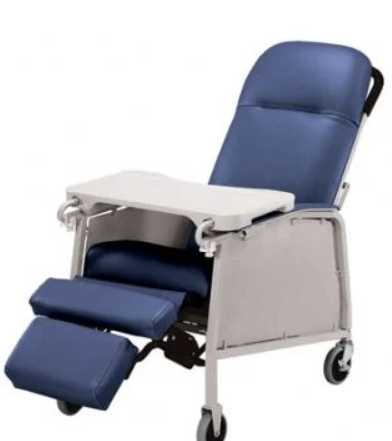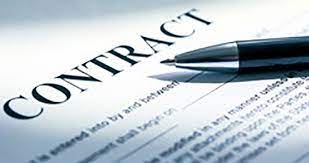

At one point or another in your assisted living career, you might have come across a resident that had some kind of mental impairment. Possibly had a diagnosis of Dementia, Alzheimer’s, or other types of mental diagnosis. These individuals might have been demonstrating behavior that put their physical health in danger by their actions.
Actions such as having a very unsteady gait, but due to their mental capacity unable to understand that it is unsafe for them to stand and walk. Due to this they constantly try to stand and cannot be redirected to stay seated to prevent injuries due to the high fall risk.
You might have witnessed residents that continually attempt to get out of bed at night and attempt to walk and again end up falling due to their unsteady gait. Options are available and allowed by regulations, and when used properly can help protect the resident against inflicting self-harm.
For instance, bed rails can be an efficient way to prevent resident night falls from bed. A Jerri chair might be a good alternative to a regular chair. Which can help the resident from inflicting self-harm from a fall.
These help devices are considered “Physical Restraints”
“Physical restraint” means a device that physically limits, restricts, or deprives
an individual or movement or mobility, including any device that is not specifically
manufactured as a restraint but is altered, arranged, or otherwise used for that
purpose. The term does not include any device that the resident chooses to use
and is able to remove or avoid independently, or any bandage material used for the
purpose of binding a wound or injury.
AHCA has adapted the use of physical restraints in the assisted living setting. Here is the regulation regarding physical restraints and the actions the facility must take and obey to not get cited.
(8) PHYSICAL RESTRAINTS. Residents for whom a physician has prescribed a physical restraint must have a written care plan for the use of the physical restraint. The care plan must be developed within 14 days of the device being prescribed, and prior to use on the resident.
(a) The care plan must specify:
- The device prescribed for use;
- The maximum amount of time the resident is to have the restraint applied each day; and,
- In what manner and frequency staff will monitor, observe, and report to the physician any injuries, increase in agitation, signs, and symptoms of depression, or decline in mobility or function related to the use of the prescribed restraint.
(b) Facility staff must ensure that the device is applied appropriately and safely.
(c) The resident’s physician must review the appropriateness of the continued use of the physical restraint annually, and documentation of this review must be maintained in the resident’s record. If the resident’s ability to independently remove or avoid the device fluctuates, the device must be considered a physical restraint and all requirements of this
subsection apply.
So to be clear these are the steps that you must take.
- A Policy and Procedure regarding Physical Restraints
- A Medical provider prescription or order for the device
- Consented to by the resident or, if applicable, the resident’s representative or designee or the resident’s surrogate, guardian, or attorney in fact
- A care plan that includes the required items mentioned in the regulation.
- Staff must be properly trained in regards to the proper use of Restraints
- A New order must be obtained annually.

Also, your Admission package must include the facility’s house rules and procedures The rules and procedures must at a minimum address the facility’s policies regarding Physical restraints.
(5) RESIDENT RIGHTS AND FACILITY PROCEDURES.
(d) The facility must have a written statement of its house rules and procedures that must be included in the admission package provided pursuant to Rule 59A-36.006, F.A.C. The rules and procedures must at a minimum address the facility’s policies regarding:
-
- Resident responsibilities;
- Alcohol and tobacco use;
- Medication storage;
- Resident elopement;
- Reporting resident abuse, neglect, and exploitation;
- Administrative and housekeeping schedules and requirements;
- Infection control, sanitation, and standard precautions;
- The requirements for coordinating the delivery of services to residents by third-party providers;
- Assistive devices; and
- Physical restraints
Helpful Links
Resident Restraint Care Plan Sample